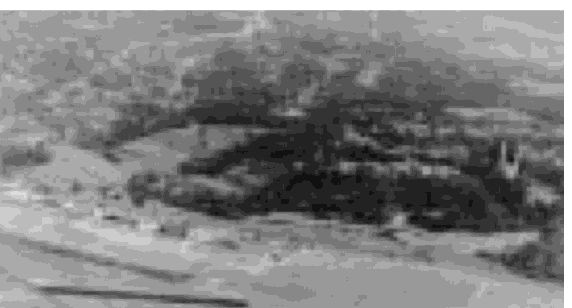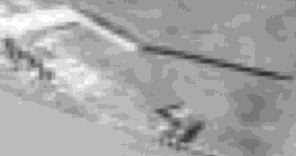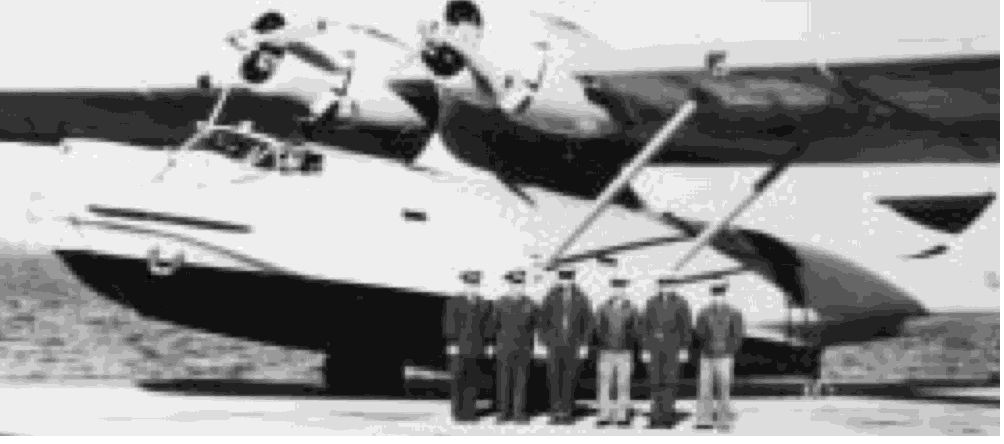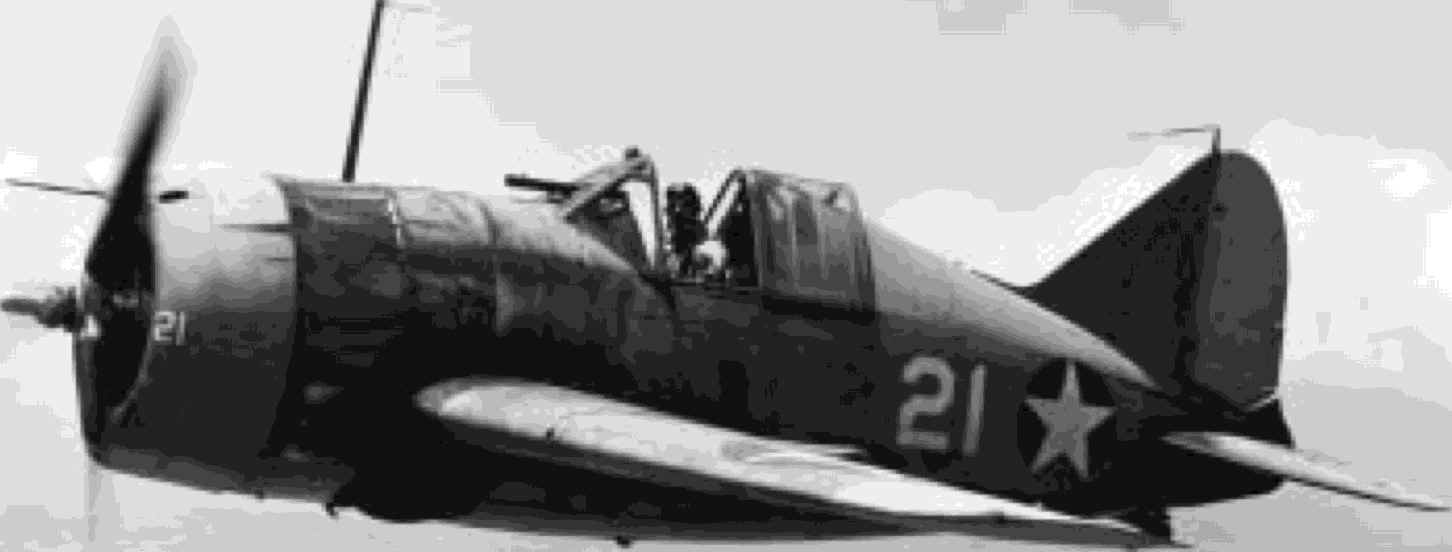



90
UNITED STATES NAVAL AVIATION
1910-1995
1935-Contin ued
30 July
The first blind landing aboard a carrier was
made by Lieutenant Frank Akers, who took off from
NAS San Diego, Calif., in an OJ-2 with hooded cock-
pit, located
Langley
underway in an unknown posi-
tion, and landed aboard catching the number four
arresting wire. Lieutenant Akers subsequently received
a Distinguished Flying Cross for this flight.
26 September
The president approved a joint
Army-Navy proposal for the transfer of air station
properties, climaxing several years of study and dis-
cussion of the joint use of aviation facilities in certain
areas. By this approval and a subsequent Executive
Order, the Army agreed to turn over to the Navy:
Rockwell Field on North Island, Calif., Luke Field on
Ford Island, TH., and Bolling Field at Anacostia, D.C.,
while the Navy agreed to turn over to the Army the
Naval Air Station at Sunnyvale, Calif. In this exchange,
it was understood that the Army would construct new
fields at Bolling adjoining its previous location, and
Hickam Field on Oahu, TH.
r
I
I
,)
'... .-
..
Naval Air Station Anacostia (foreground), old Bolling Field (back-
ground) prior to acquisition by Navy 1061655
5 October
The first G Class airship, the G-l, was
delivered to NAS Lakehurst. This airship, formerly the
Defender of Goodyear's commercial fleet, was used by
the Navy for training purposes.
14-15 October
Lieutenant Commander Knefler
McGinnis, Lieutenant (jg) James K. Averill, NAP
Thomas P. Wilkinson, and crew of three flew an
XP3Y-l Consolidated patrol plane, powered with two
825-hp Pratt & Whitney engines, from Cristobal
Harbor, Canal Zone, to Alameda, Calif., in 34 hours 45
minutes and established new world records for Class C
seaplanes of 3,281.383 miles airline distance and
3,443.255 miles brokenline distance.
XP3Y-1 commanded by K. McGinnis set 3443-mile record on flight
from Panama to Alameda, October 1935 1053771
15 November
The Chief, Bureau of Aeronautics,
approved recommendations from a fighter design
competition and thereby initiated development of the
Grumman XF4F-l biplane and the Brewster XF2A-I
monoplane. The developmental sequence thus set in
motion, although it included many subsequent
changes and modifications, provided prototypes of the
Navy's first-line fighters in
use when the United States
entered World War II.
1936
20 January
The Bureau of
Engineering, acting in
response to a request from
the Bureau of Aeronautics,
initiated naval support to the
Bureau of Standards for the
development of radio mete-
orographs. These instru-
ments, later renamed
radiosondes, were to be
attached to small free bal-
First production monoplane fighter, Brewster
F2A 16054
 |
14 |
 |